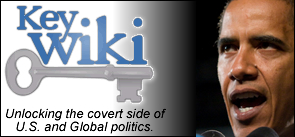In Secret: Obama Returned Iranian Prisoners, but Ignored Ours
By: Denise Simon FoundersCode.com There are 4 Americans in prison in Iran for which there have...
Read MoreBy: Roger Aronoff Accuracy in Media When the CBS show “Madam Secretary” premiered last September,...
Read More

My beloved husband,
GARRY HAMILTON,
passed away
on September 24th, 2022.
I will love you always.

